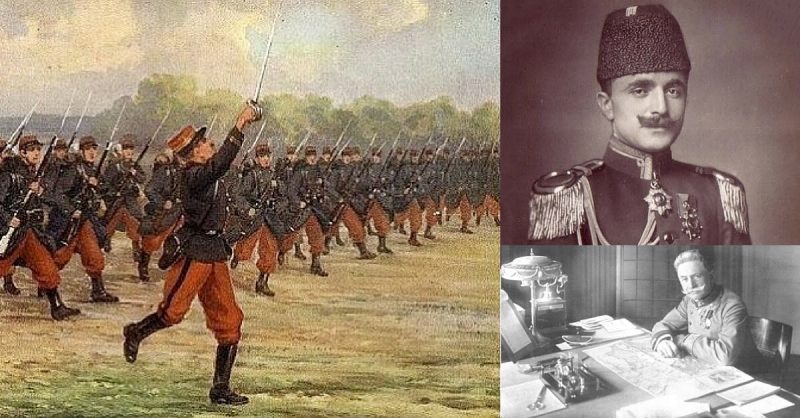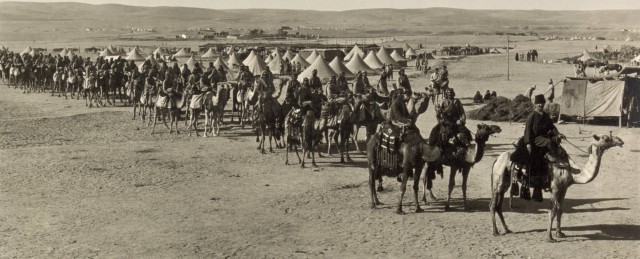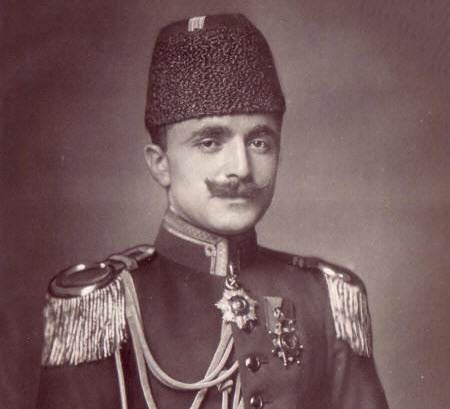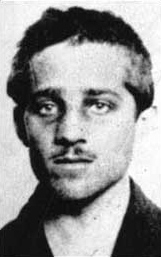In August 1915, the First World War was one-year-old and because we all love these lists, let us take a look at the biggest mistakes and the most stupid moves of that first year in another of the Great War‘s excellent videos.
We will start with a general overview of the list and then let Indy Neidell talk you through the mistakes in more detail in the video.
Ottomans try to take the Suez Canal But forget Air planes exist
From January 26 to February 4, 1915, the German-led Ottoman Army force that had advanced from Southern Palestine arrived to attack the Suez Canal, which was protected by the British Empire.
A significant number of troops crossed the Sinai peninsula, but they failed at their attack because of alert defenders and strongly held defences.
Enver Pasha lost 100.000 men in one battle, achieving nothing
Enver Pasha took command of the Ottoman forces as they fought the Russians in the Caucus Theatre. With plans to encircle the Russian troops and then force them out of Ottoman territory with the goal of taking back the Batumi and Kars that had been lost after the Russo-Turkish War of 1877-78.
Enver considered himself to be a superior military leader.
Neuve Chapelle – British Forget to send in the reserves
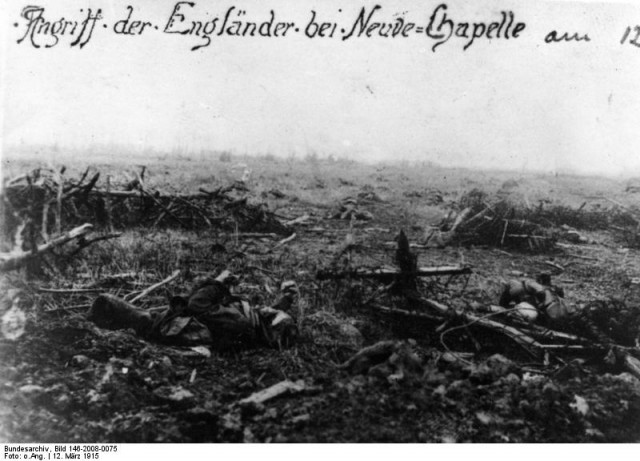
The British launched an offensive in France’s Artois region then broke through at Neuve-Chappelle. Their successes couldn’t be achieved though as the breakthrough in trench defenses were shown to be feasible if a carefully prepared attack was formed and then disguised to cause minimal surprise.
After the initial shock of the attack, the German defense recovered because the attackers were defeated by communication losses, delays, and the disorganization of their troops.
Russian offensive plans found – Leading to Tannenberg
There was a minor outcome of the Battle of Gumbinnen that ended up leaving long-lasting effects. After the battle ended a note was found in the belongings of a Russian officer who was killed that detailed the largest part of the Russian plans for the military campaign.
With this intelligence, Ludendorff and Hindenburg stopped the German retreat and decided to advance with a different initiative. The result was the Battle of Tannenberg, which was on the greatest victories that German had to their credit during the war.
France fights with Sabres and brightly coloured uniforms
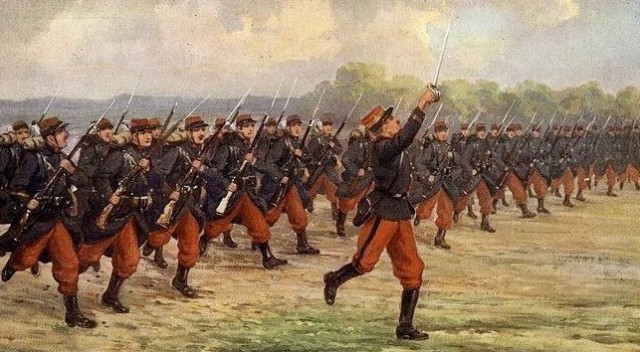
As the war began, the French soldiers kept the traditional brightly-colored uniforms of the 19th century to wear into active warfare. These included features that were conspicuous, such as red trousers and blue coats for the cavalry and infantry.
Plumed helmets along with breastplates were worn by the French cuirassiers with attire almost the same as it was during the Napoleonic period. After a few battlefield disasters, uniforms were quickly changed.
General Potiorek and the botched 3rd invasion of Serbia
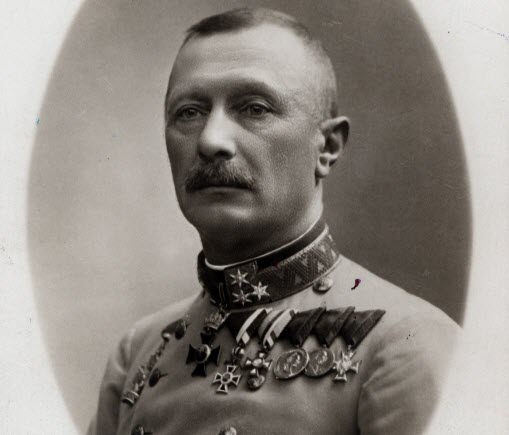
On November 16, the Battle of Kolubara got underway when Oskar Potiorek led a group of Astro-Hungarians under his command to the Kolubara River as part of the year’s third Serbian invasion. After the Serbian Army had been forced to take numerous retreats, the Serbs withdraw from Belgrade, which was their capital.
On December 2, a surprise counterattack all along the front was launched by the Serbian Army. From December 14-15 the Astro-Hungarians retreated from Belgrade and headed back to Austria-Hungary having accomplished nothing from the invasion.
Gallipoli – Navy needs the glory too!

Winston Churchill’s brainchild, the Gallipoli Campaign, aimed to capture Constantinople, which was the Ottoman capital. He was desperate for the Navy to fight in this particular battle and earn glory too.
After eight months of fighting, the naval attack was repelled with multiple casualties on both sides. At that point, the land campaign was ended, and the invasion force withdrew into Egypt.
Conrad Von Hötzendorf – 3 Failed Winter Offensives
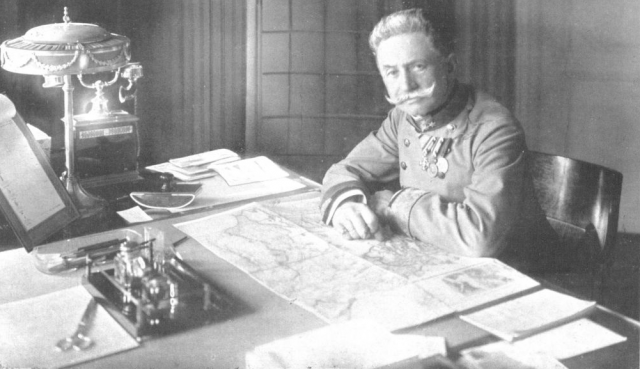
Many decisions that ended in catastrophes were made by Conrad and fellow Austrian military leaders while von Hotzendorf served as Chief of the General Staff. This almost destroyed the Austrian army. Starting in early 1915, the Austrian forces relied heavily on German support and leadership for the remainder of the war.
The Austrian army was lost without German support. Franz Ferdinand and his wife were killed in the capital of the Austro-Hungarian province of Herzegovina and Bosnia on June 28, 1914, at about 10:45 a.m. by Gavrilo Princip in Sarajevo.
This was the start of a chain of events that culminated in World War I. Even if the assassination hadn’t started the war, was this assassination in the best interest of the Serbians?
Gavrilo Princip kills Franz Ferdinand
There was extensive intelligence regarding German forces buildup collected by the Russians, but they didn’t use it or act on it. The result was the collapse of the Russian lines and their retreat far back into Russian territory.
The actions continued throughout 1915 beginning in early May and then ending because of inclement weather striking in October.
Russia’s intelligence of German buildup Gorlitz- Tarnów Offensive
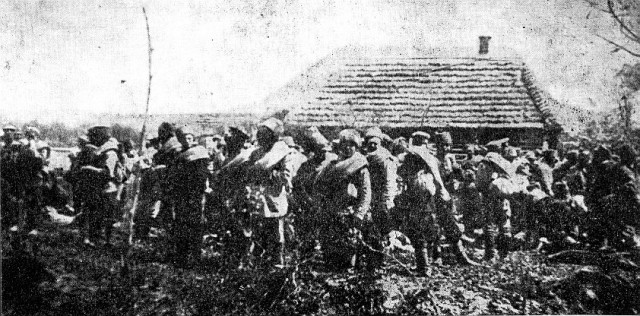
The Russians had plenty of intelligence on the buildup of massive German forces, but they failed to act on it.
It caused the total collapse of the Russian lines and their retreat far into Russia. The continued series of actions lasted the majority of the campaigning season for 1915, starting in early May and only ending due to bad weather in October.
Starting WWI – Franz Josef declares war on Serbia
Does this need any elaboration?
The video!
Be sure to subscribe: Great War!
